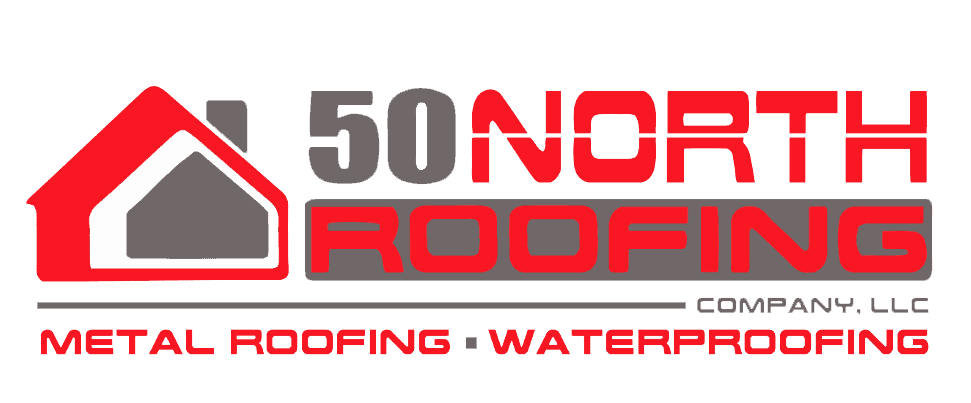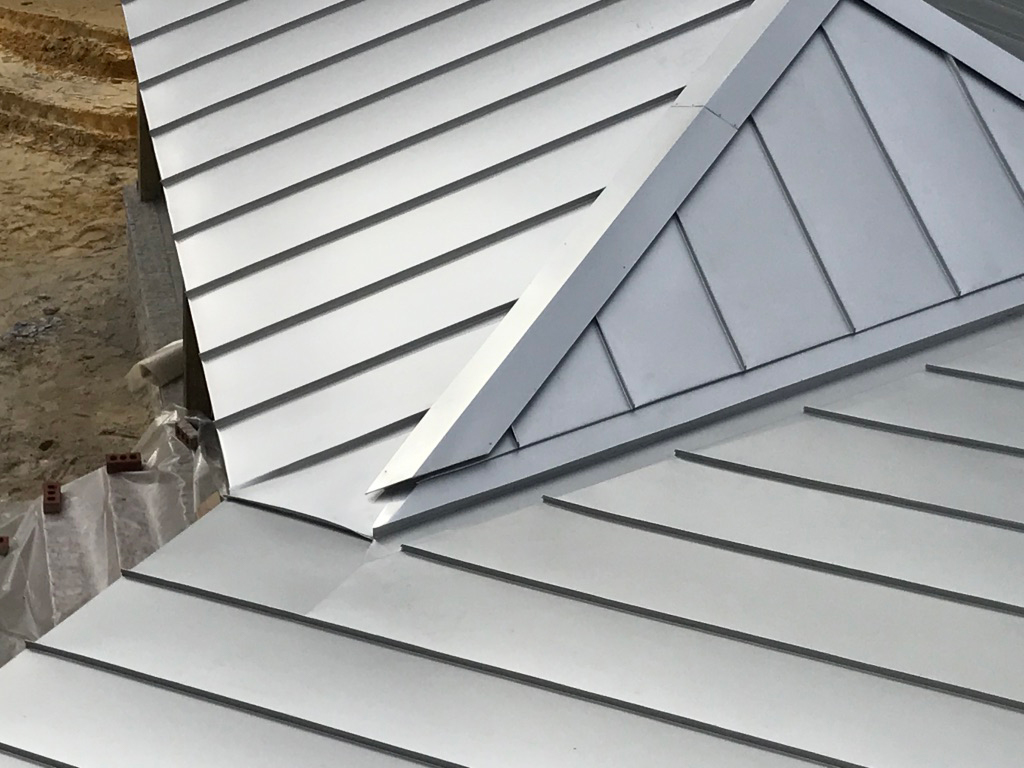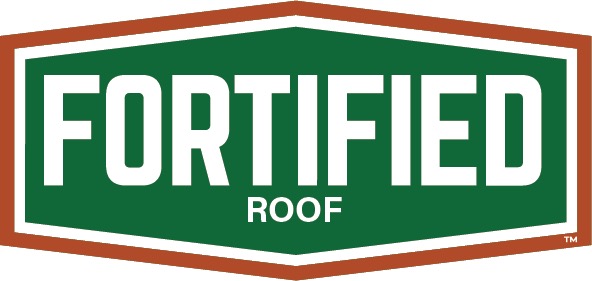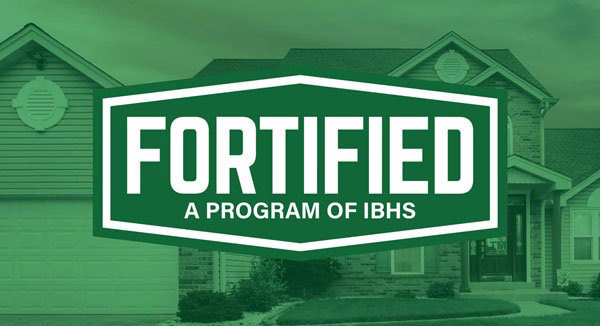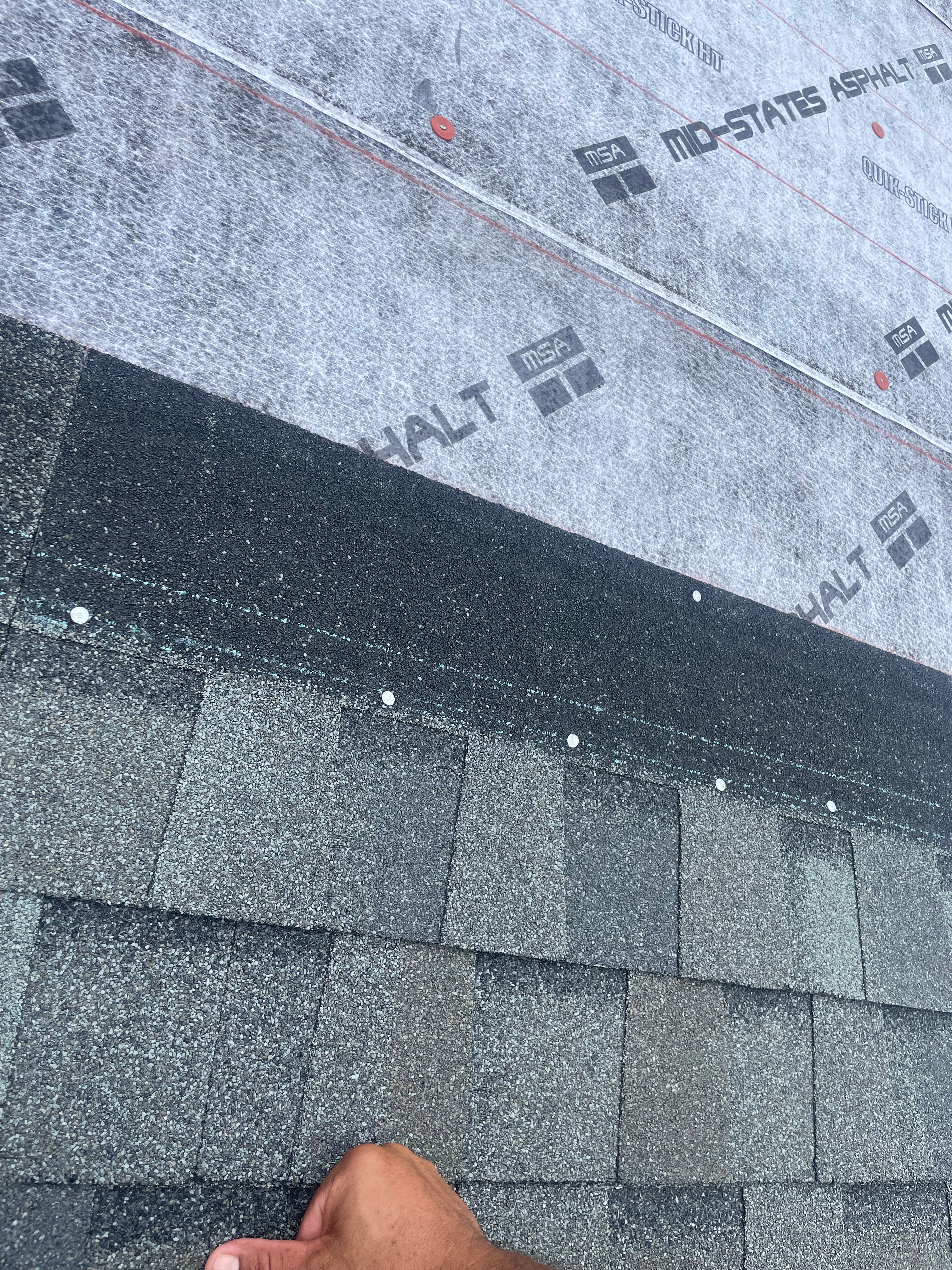Which type of metal roof is best for hurricane-prone areas?
Are you currently residing along the coast of North Carolina or possibly further down the coast in the South Carolina coastal area? If you are contemplating replacing the roof on your home, you might be wondering, “Which metal roof provides the best hurricane protection?”
A number of our clients have reached out to us with inquiries about finding a roof that offers optimal protection in the event of a hurricane or major storm, as well as other related questions.
People generally want to avoid water damage in their homes, especially the extensive damage that can occur during a hurricane if the roof is blown off.
For 20 years, 50 North Roofing Company has been installing metal roofs on homes in North Carolina. In that time, we have not only installed roofs, but also educated homeowners on the best performing metal roofs and which ones to avoid. Our efforts have helped protect thousands of families along the coast of North Carolina, and we are committed to doing the same for you.
In this article, we will discuss the two primary metal roofing installation methods used on homes, the best performing metal in saltwater climates, and the most suitable metal roof for hurricane-prone areas. By the end of this article, you will be better prepared to make an informed decision about choosing the right metal roof for your project.
Let’s begin.
Installation Methods for Metal Roofing
Let’s begin by discussing the two primary installation methods for metal roofing panels, which will provide you with a comprehensive understanding of the advantages and disadvantages of each approach.
- Exposed fastener metal roof system
- Concealed fastener metal roof system
Let’s review each of these a bit further.
Exposed Fastener Metal Roofing Installation Method
The type of metal roof commonly known as an exposed fastener roof or screw-down roof relies on rubber washers to prevent leaks.
The installation process for these metal panels is quite straightforward. They are designed to be easily put together by overlapping one another and securing them in place with screws that have rubber washers attached.
These rubber washers are essential for preventing leaks in the roof, as they create a watertight seal around the screws. Given the numerous holes that the screws create in the metal panels, the use of rubber washers is necessary to ensure the roof’s integrity.
Additionally, the flashing for this type of installation method is also overlapped and secured with the same exposed fasteners, further simplifying the installation process.
The most common panel profiles installed on homes using an exposed fastener method are:
- Multi-Rib Panel, PBR Panel, or R-Panel ( Called different names by different manufacturers.
- 5-V Crimp Metal Roofing
Pros for exposed fastener roof system
The upfront cost of these metal roofing options is the lowest compared to others. They also offer high wind resistance, meaning they will stay in place as long as the plywood stays intact.
Additionally, they are available in 26 galvalume making them ideal for areas not too close to the beach. Furthermore, they provide the aesthetic look of a metal roof, which is appealing to many homeowners who don’t mind to see exposed fasteners from the street.
Cons for exposed fastener roof system
There are many holes in the metal, which are protected by a rubber washer to prevent damage. The metal can’t expand and contract, causing screws to loosen over time, so it requires maintenance every 5 to 10 years.
Installers may not be able to seal the flashings from wind-driven rain, and the 29 gauge panels may not provide enough wind protection.
Additionally, warranties for the steel may be voided if you live within 1500 feet of saltwater, as the painted metal panels are made from steel and are prone to rusting in coastal areas.
Now that you are aware of some of the key benefits, it’s important to note that cost is the primary advantage of screw-down roofs due to their affordability.
However, it’s also important to consider some of the drawbacks, such as the need for routine maintenance on the screws. Keep in mind that investing additional funds in the future to prevent potential roof leaks should be a factor to consider before making a decision about this investment.
Concealed Fastener Metal Roofing Systems
The concealed fastener installation method involves hiding all screws under the metal panels and flashings, allowing for a clean and seamless appearance while also providing added protection against the elements.
Initially, we can eliminate the necessity of using a rubber washer to protect the roof from leaks, which will also eliminate the need for ongoing maintenance such as tightening loose screws or ones that have backed out after approximately 5 years.
Additionally, our installation method allows for the flashings to effectively prevent wind-driven rain. Unlike the exposed fastener method, concealing the screws enables us to seal all flashing details. Using the concealed fastener method, we are able to install the roof in a way that ensures it is watertight.
Now that you are aware of the benefits of a concealed fastener roof system, let’s talk about the types of metal that are most effective in salt water climates.
The best performing types of metal roofing in salt water environments.
- Copper
- Zinc
- Lead
- Aluminum
- Galvalume
Because copper, zinc, and lead are rare materials, they’re also very costly. So we’ll be discussing the 2 most commonly used metal roofing materials when your house is close to saltwater. (1500 feet or less) We’ll also discuss another option if your home is further than 1500 feet from the saltwater.
Aluminum Metal Roofing
Aluminum is a highly natural, energy-efficient metal roof material that is known for its high reflectivity, fire resistance, and non-corrosive properties. Additionally, it offers a wide variety of paint color options. This makes it an excellent choice for those living on or near saltwater, as it will not rust.
Aluminum roofing is available in various thicknesses, with the most common options being .032 or .040 mil. The higher the mil number, the thicker the aluminum. For reference, gutters are typically made from .027 aluminum, meaning that roofing materials are significantly thicker.
Aluminum can be purchased in mill finish or with a paint finish. The mill finish gives a raw metal appearance that will naturally oxidize over time, creating a beautiful natural finish. If you prefer a different look, aluminum also comes in a wide variety of paint colors. Additionally, many paint finishes come with a 40-year warranty, and some manufacturers even offer a 45-year warranty for their paint finishes.
Galvalume Metal Roofing
Galvalume is a type of metal that features a steel core and is coated with aluminum and zinc to provide protection against corrosion. This makes it an excellent choice for use in areas not too close to saltwater, as it will rust.
Galvalume is similar to steel roofing and is available in the same thicknesses: 24 gauge, 26 gauge, or 29 gauge. It also comes in all 3 different panel profiles, including standing seam, 5-v crimp or multi-rib panels for the exposed fasteners method.
Galvalume roofing is different from other options because it only comes in a mill-finish looking metal. If you prefer a paint color, you’ll need to choose an aluminum or steel roof. This makes galvalume less expensive and easier to install, as painted metal can get scratched during installation if it’s not handled carefully.
Steel Metal Roofing
Steel roofing is a commonly chosen material for metal roofing due to its popularity and effectiveness. It is typically made from galvanized steel, which is either hot-dipped or coated in a layer of zinc. This makes it a cost-effective option while still maintaining high efficiency and effectiveness compared to other metal roofing materials. The most commonly used gauges for steel roofing are 24, 26, and 29. It’s important to note that unlike aluminum, with steel, the lower the gauge number, the thicker and stronger the metal will be.
Steel roofing requires a paint finish due to its corrosive nature. The paint finish warranties can range from 20 years to 45 years, depending on factors such as thickness, type of panel, and the manufacturer of the metal roofing.
Steel roofing is a cost-effective option with a wide range of pricing depending on the profile, metal thickness, and paint choice.
After learning about the various types of metal materials, it’s time to explore which one is the most suitable for hurricane-prone areas.
Best Metal Roofing for Hurricane-Prone Areas
Really there are a few answers to this question:
A standing seam metal roof is the ideal option for this type of panel and installation method due to its lack of exposed screws with rubber washers, which can deteriorate in harsh sun and saltwater climates.
If your home is within 1500 feet of saltwater, an aluminum standing seam would be the best choice as it will not rust. It’s important to note that the manufacturer of the steel metal will not provide a warranty on a steel roof within 1500 feet of saltwater due to the sea spray it is exposed to. While the steel may have a paint finish, the cut ends of the metal do not and will rust over time.
A painted steel standing seam metal roof is a suitable option for homes located more than 1500 feet from the saltwater. To put it into perspective, 1500 feet is approximately a 10-15 minute walk. If you can walk to the ocean in less time than that, then you may be too close for steel roofing, but it’s just right for enjoying a day at the beach with a chair or fishing pole.
Ready to Hire a Metal Roofing Contractor?
When making a significant investment in a metal roof, it’s crucial to carefully consider the type of installation and metal chosen. Equally important is hiring a professional metal roofing contractor.
It’s worth noting that there are fewer metal installers compared to shingles installers, so it’s essential to ensure that you have a skilled and experienced professional working on your new metal roof, rather than a shingle roofer practicing on it.
Now that you are familiar with the best installation methods and the types of metal that are most effective in salt water environments, you may be prepared to schedule an onsite inspection with a professional metal roofing contractor.
For the past 20 years, 50 North Roofing has been specializing in the installation of metal roofing. If you are located in one of our service areas and are seeking a reliable and experienced metal contractor, we are here to assist you in selecting the ideal metal roof for your home, saving you time and unnecessary stress.
